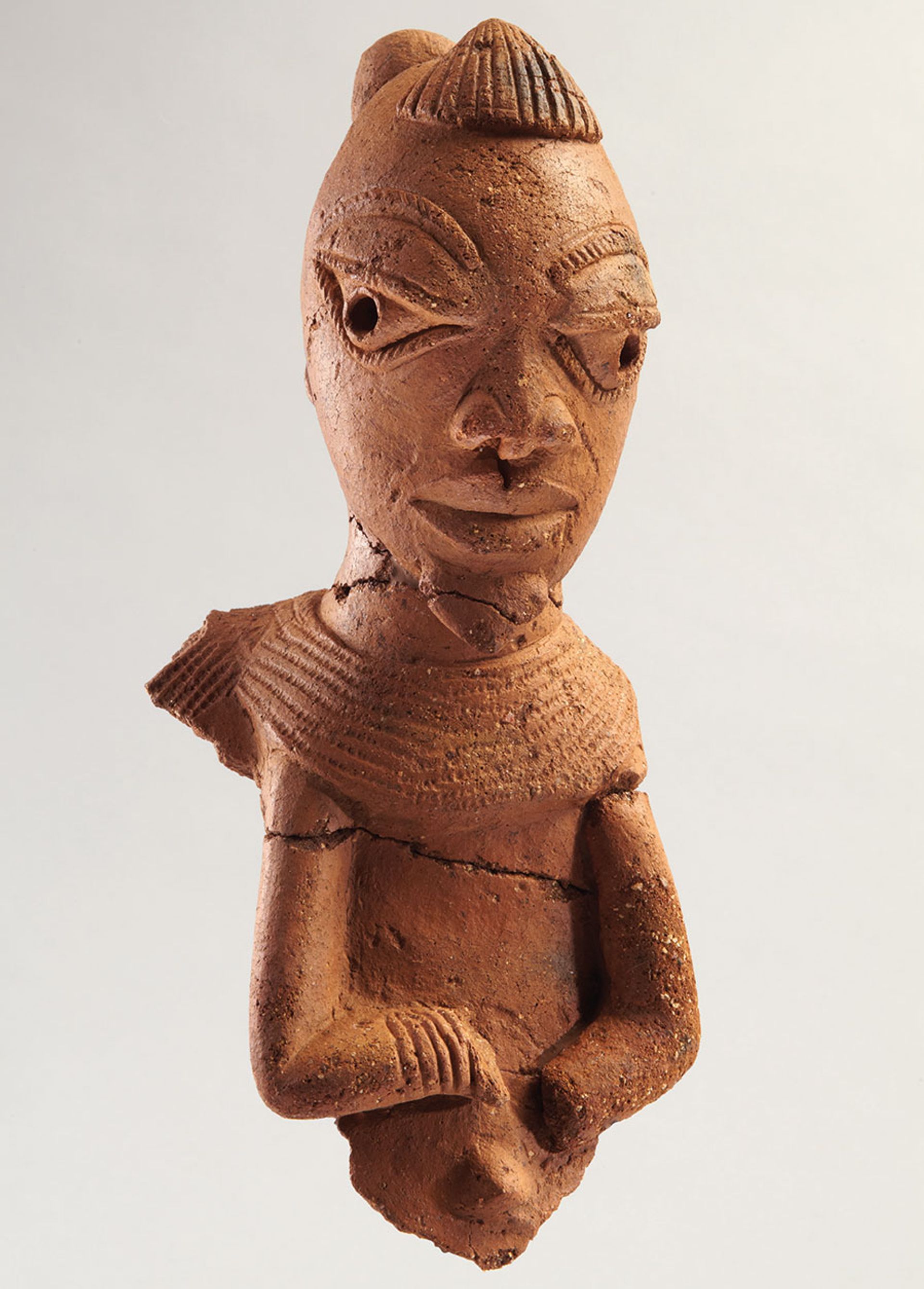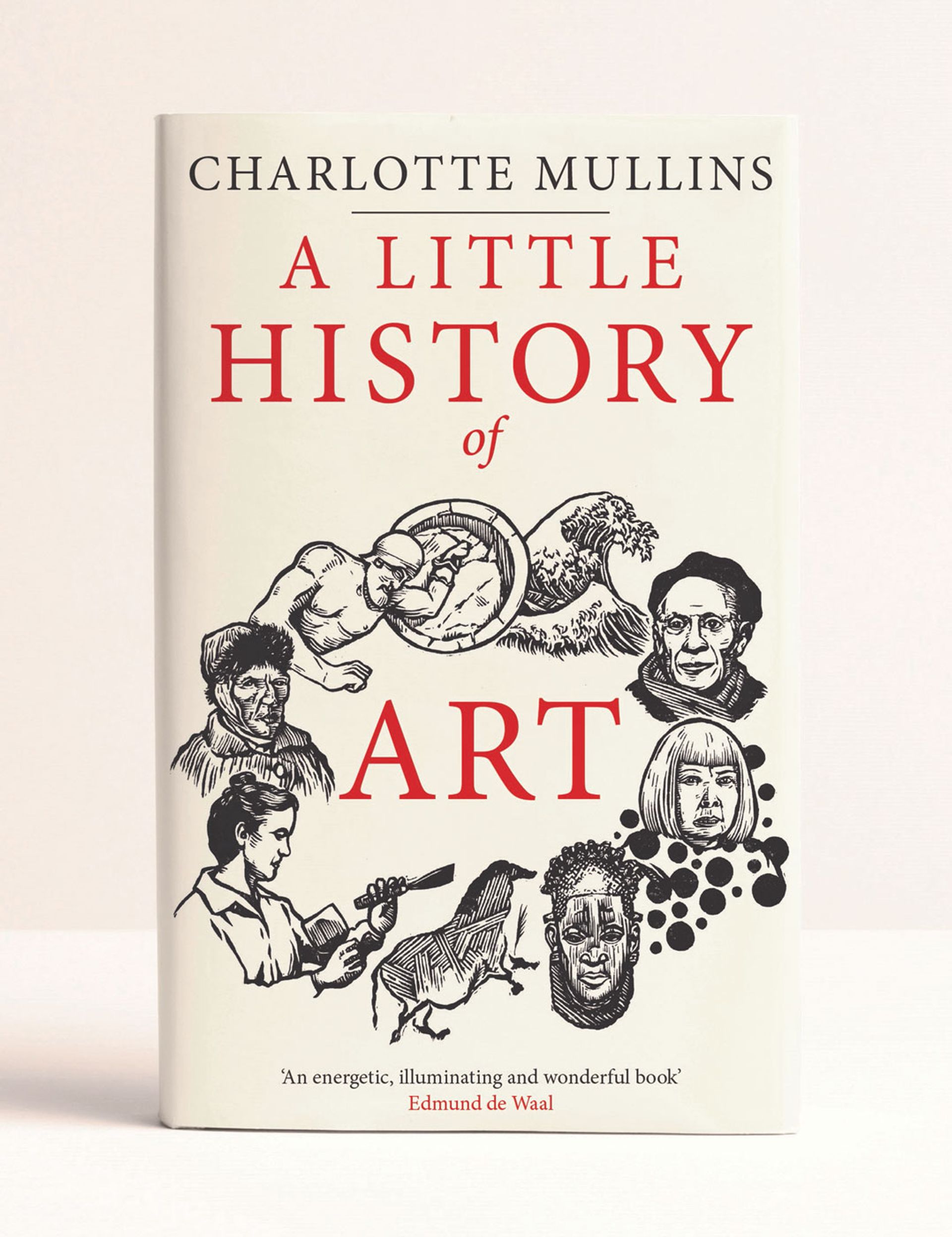Walking in the footsteps of Ernst Gombrich must be daunting, but the art historian Charlotte Mullins was determined to write a “new history of art”, bringing to the fore artists and movements omitted by the renowned Austrian-born art historian in his epochal publication The Story of Art (1950). Mullins’s A Little History of Art follows the Little Histories format devised by Yale University Press and includes 40 short chapters beginning with “First Marks”—focusing on 33,000-year-old cave paintings such as the charcoal lions on the walls of Chauvet Cave in France—and ending with “Art as Resistance”, examining the impact of contemporary pioneers such as Zanele Muholi of South Africa and the ubiquitous Chinese artist-activist Ai Weiwei.
Art history is an exciting field to work in as it is changing so quicklyCharlotte Mullins
The Little Histories series was born out of Gombrich’s A Little History of the World, written in Vienna in 1935, Mullins says. “Gombrich was only 26 when he wrote it; he subsequently moved to Britain where his wildly successful The Story of Art was published in 1950. Gombrich loomed large as I embarked on A Little History of Art because his books really inspired readers to look at and engage with art and the world around them,” she says.
However, many introductory books on art such as Gombrich’s were written decades ago when attitudes to art and art history were different. “Retrospectively, we can see these are myopic in their prioritisation of male Western art at the expense of non-Western art and work by women artists,” she says. A Little History of Art includes many artists Gombrich featured, from Van Dyck to Van Gogh, but it also reinstates women artists and Black artists, and offers new perspectives on Western art through a global overview, Mullins adds.

Charlotte Mullins says it was a challenge “cramming 100,000 years of art into 40 chapters”
The author shines a light on the 17th-century Italian artist Sofonisba Anguissola, the Flemish still-life painter Clara Peeters, the 18th-century Dutch artist Rachel Ruysch, and the American Impressionist Mary Cassatt who “all defied the odds to paint at the highest levels”, Mullins argues. Other women also take centre stage. “Lee Krasner was overshadowed by the man she tirelessly helped to promote [Jackson Pollock]. Elisabetta Sirani was buried with the same honours as Bologna’s leading male painter, Guido Reni, but was subsequently written out of the history books,” she says.
“It was quite a challenge cramming 100,000 years of art into only 40 chapters,” Mullins says. Each opens with a vignette of a particular work at the time it was made. “I wanted readers to feel the sense of competition in ancient Greek workshops, be part of the team who made the Terracotta army and Chartres Cathedral, to meet Sultan Mehmet through [the Venetian artist] Gentile Bellini and Sinan Bey’s portraits, and to experience [the US-born sculptor] Elizabeth Catlett making linocuts in Mexico City.” The illustrator Mat Pringle has created 40 new linocuts to introduce
each chapter.

An African Nok sculpture, made in modern-day Nigeria more than 2,000 years ago Goethe-Universität, Institut für Archäologische Wissenschaften, Archäologie und Archäobotanik Afrikas, Germany
Mullins’s analysis taps into current revisionist schools of thought linked to wider social and political concerns. “Art history is an exciting field to work in as it is changing so quickly: developments in postcolonial studies, a deeper understanding of artist networks and the rehabilitation of the careers of many unjustly neglected Black artists and women artists. However, many of these topics are still discussed in books and papers in isolation and so the challenge was to knit all these approaches together into a cohesive and engaging narrative,” she says.
New artist networks, revealing unknown art historical narratives and crosscurrents, are discussed. “One of the greatest revelations for me was discovering unexpected connections and networks between art communities. For example, Albrecht Dürer saw Aztec gold sculptures exhibited in Brussels when he visited the city; in nearby Ghent he bought a miniature from the teenage artist Susanna Horenbout who subsequently moved to England and painted Henry VIII,” Mullins says. In another crossover, salt cellar carvings from Sierra Leone and the State of Benin depict early Portuguese traders, as do Japanese Namban screens. “Nok sculptures, produced north of the Niger river in modern-day Nigeria are truly incredible and, at over 2,000 years old, offer an important parallel narrative to Greek and Roman art,” Mullins says.

A Little History of Art by Charlotte Mullins
After trawling through millennia of art, what is next? Mullins is working on a new history of British art (Yale University Press) which “will include broader narratives and themes than its predecessors. I hope it will become a catalyst for debate as well as a celebration of the incredible art that has been made in Britain and by British artists throughout history,” she says. The forthcoming book even includes a discussion of NFTs (non-fungible tokens), the digital art phenomenon currently dominating the art world, bringing Mullins’s art history odyssey full circle.
• A Little History of Art, Charlotte Mullins, Yale University Press, 336pp, £16.99/$25 (hb)



